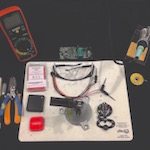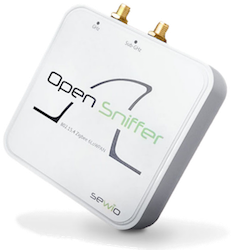ZigBee & Z-Wave Security Brief: Part 2
This is the second of two blog posts where we will share a summary of the differences. We encourage you to read the first post for background on the purpose of this post and discussion of security levels and keying techniques. The ZigBee and ZWave protocols have both undergone numerous revisions and support many different security modes and edge cases. In this discussion, we will try to focus on core design decisions and features, and leave out discussion or investigation of edge cases for brevity.







